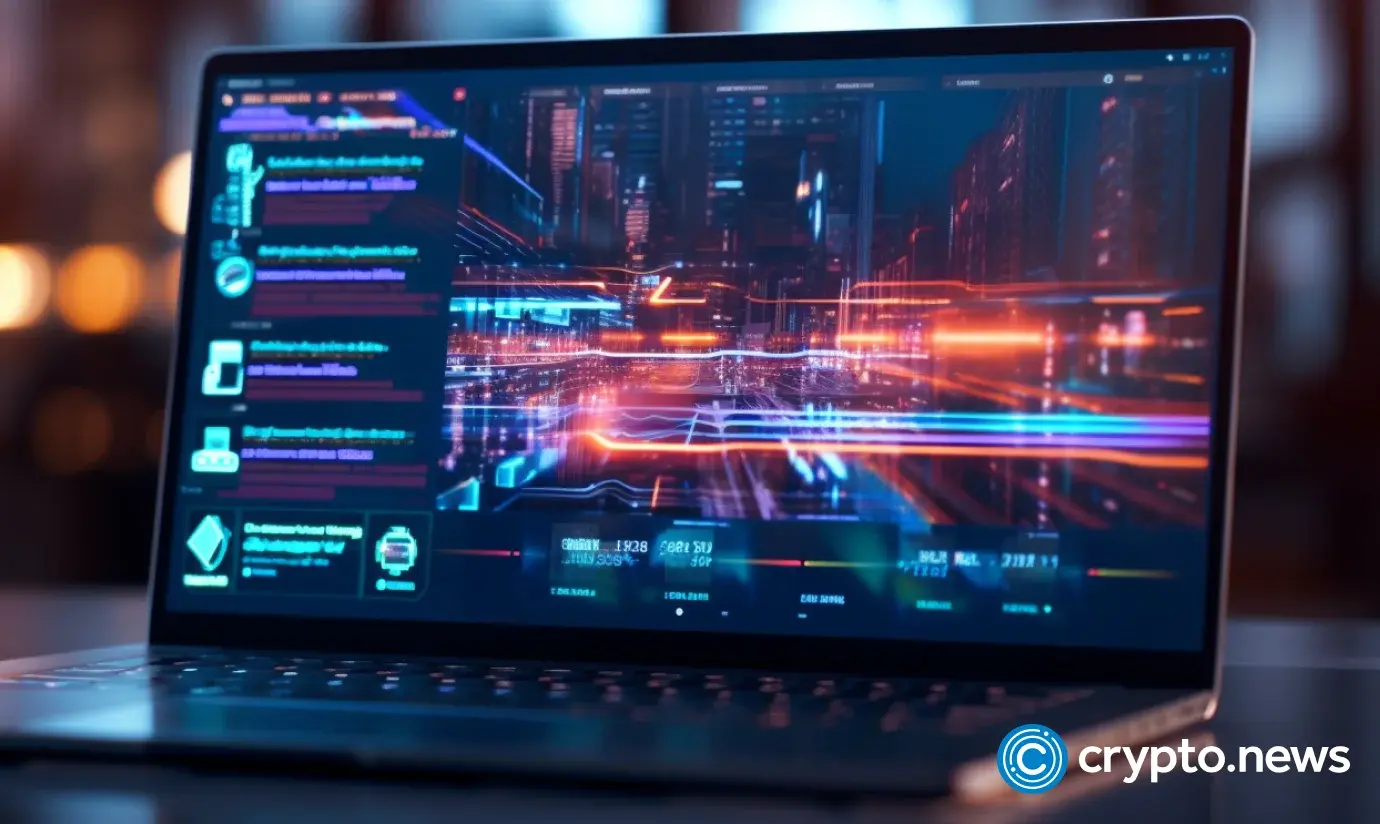User-friendly interfaces are a must for mainstream adoption of web3 | Opinion

Disclosure: The views and opinions expressed here belong solely to the author and do not represent the views and opinions of crypto.news’ editorial.
In the ever-evolving landscape of the internet, web3 technology has emerged as a beacon of innovation, expected to reach a staggering $81.5 billion global market size by 2030. In recent years, the world has witnessed a remarkable surge in interest surrounding decentralized applications (dapps), with examples such as Decentraland and Uniswap capturing the minds of users worldwide. However, amid this enthusiasm, there are a few obstacles on the path to success for web3 dapps, such as user interface (UI) and user experience (UX) improvements, that must be tackled to reach mainstream adoption.

The global web3 market, 2019–2030 | Source: Emergen Research
Given the immense value and potential of web3, its critical apps in the space focus on two core elements: user-friendly interfaces and incentives. Despite the hype around dapps in the blockchain space, many individuals have no idea how to use them. The development of dapps that are both intuitive and accessible to the average user holds the key to surmounting the challenge of wide-scale adoption.
Improving web3 UX/UI
Currently, most UX and UI in web3 apps are far from optimal. Given web3 is still very early, this isn’t unusual. When founders enter the web3 ecosystem they are focused on building new and innovative technology. However, typically, like any new venture, that can often result in powerful tools that are difficult to navigate as a user—hindering widespread adoption.
For example, take the crypto wallet and gateway to web3 blockchain Metamask, this dapp is an invaluable tool in the web3 space yet the UX problems prevent it from receiving the acclaim it deserves. What’s more, web3 is an emerging market meaning most projects building dapps are built by smaller startup teams that have limited capital, resulting in a lack of UX/UI specialists to help polish essential products.
Unfamiliarity with the web3 environment can create skepticism among new users, impeding mainstream adoption. Alleviating UI and UX growing pains is essential to ensure a smooth user transition from web2 to web3. But it’s important to remind ourselves that while these challenges exist in web3 dapp creation, all hope is not lost.
Think back to the beginning of the internet, where the first iterations of online applications also fell victim to poor user experience. As user experience improved, so too did adoption. In order for web3 dapps to follow this path we need well-designed interfaces that simplify interactions, making them intuitive, accessible, and user-centric.
User incentives invite wider adoption
In the web2 realm, platforms like Meta and Amazon exemplify the current state of the internet. However, despite the commendable user experiences that web2 applications offer, they struggle with several ongoing issues. Data ownership, or the lack thereof, is just one of these prominent concerns. Recent consumer report by National Research Group underscores an emerging desire for a new era of the internet, one that affords users greater control over their own data. Surprisingly, seven out of ten individuals express a sense of powerlessness in how third parties handle their personal data.
Web3 reshapes data contributions as we know it. Web3-based apps present the potential for a profound transformation, offering a more secure and user-centric digital environment where users have a more substantial role in their data management—and can earn rewards while doing so. Web3 prioritizes user empowerment and active engagement, which distinguishes it from the traditional web2 framework. Take for example, a web3 decentralized mapping solution where users can upload imagery and videos right from their own devices, such as drones or dashcams, to build out a frequently updated map while being rewarded for their contributions. This not only fosters greater user engagement and empowers users to take an active role in building the next generation of apps, but also serves as a compelling incentive for the wider adoption of web3 technologies.

Web2 vs. web3 business models paradigms | Source: McKinsey & Company
This approach stands in sharp contrast to web2, where a user’s data is typically collected and monetized without their knowledge or consent. In web3, users are no longer passive consumers but active contributors, and data is put back in the user’s hands.
Looking forward
Looking forward, what’s next? The future of web3 is filled with potential, with user-friendly interfaces and incentives serving as the key drivers for wide-scale progression. Nevertheless, it’s important to recognize that other challenges lie ahead. Web3 will adapt to a more diverse user base by committing to user-centricity and through continuous testing and user feedback.
Understanding and prioritizing these elements are crucial to realizing web3’s potential in creating a more inclusive and empowering digital world. We are still so early—the road ahead is filled with opportunities and obstacles, yet web3 has the potential to revolutionize the digital landscape into a realm of endless possibilities.













